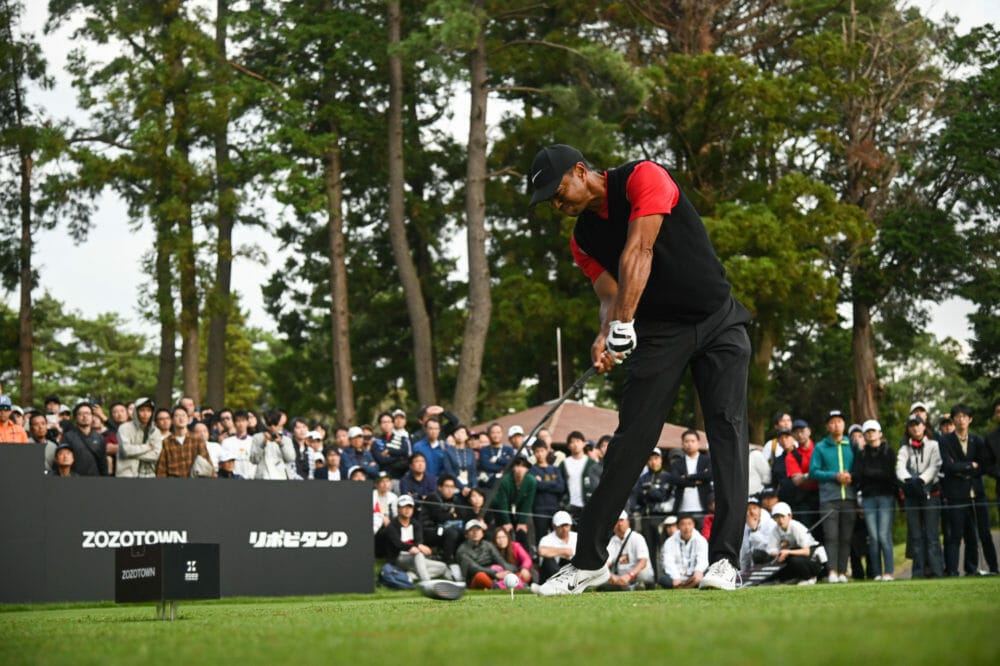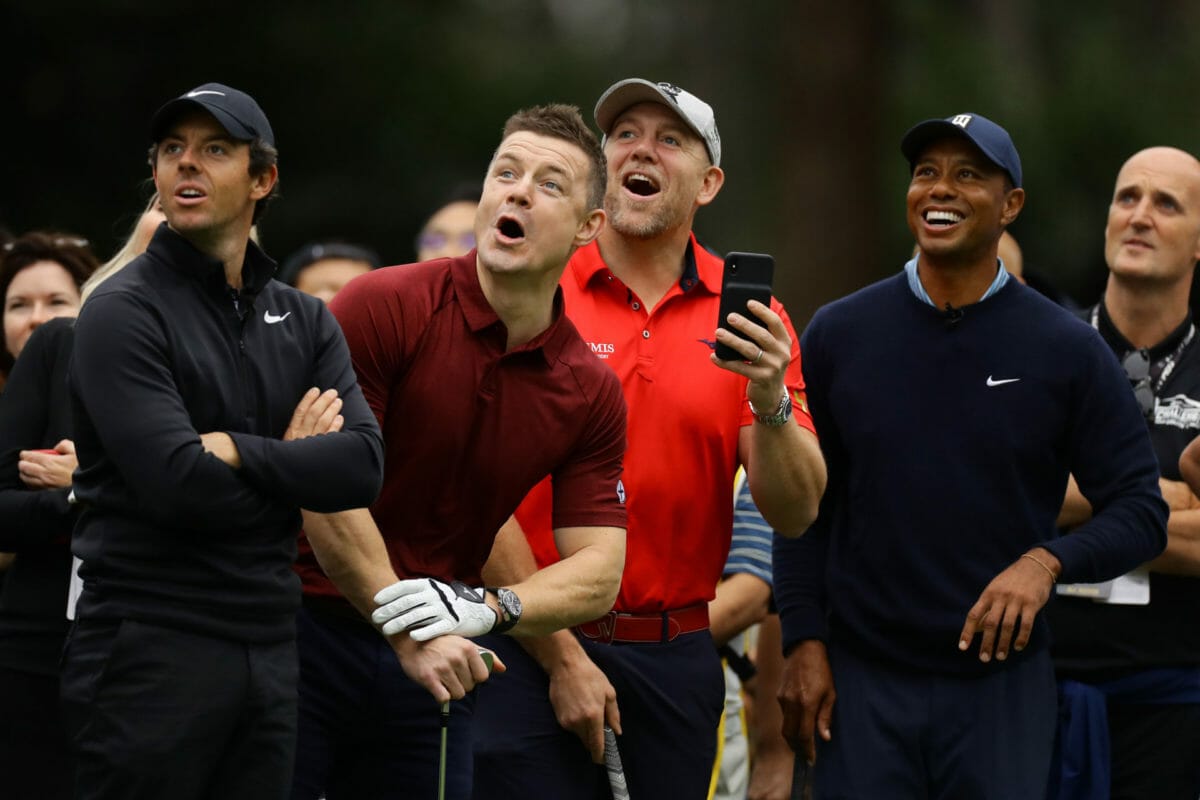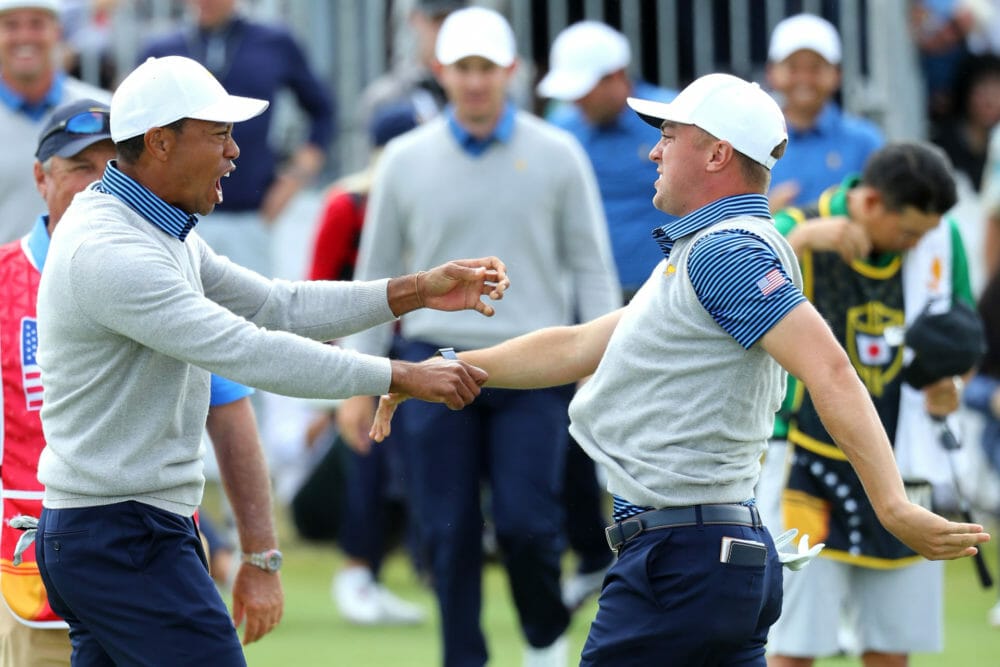The game of golf may be spreading its wings around the world, if not like wildfire, then certainly at a smouldering rate, exponentially gaining recreational, elite, male and female players in territories such as China, South East Asia, the Middle East and central Europe, compensating – in part at least – for a drop-off in participation in traditional golfing hot-spots like the USA and the UK.
And, in those countries and regions relatively new to the sport, inclusion, at least in regard to race, if not in terms of gender or class, is there, in relatively plain sight, at all levels of the game, having started from a higher base of cultural enlightenment than existed for much of golf’s more traditional progression.
At the professional end, the Asian Tour, the most ethnically diverse pro circuit in the world, with a rainbow alliance of 30-plus nationalities playing competitively – but harmoniously – in its midst, and is, for that reason if none other, the most diversified, all-embracing tour of all.
Sure, tensions may simmer beneath the surface, and the Asian Tour is, embarrassingly so, the most financially underdeveloped of all the commercial tours, but to travel from hotel to venue and back on the player’s bus (for all their convenience, comfort and celebrity, courtesy cars have caused cultural cliques to form), listening to a profusion of mother tongues amongst the cacophony of chatter and banter is one of the most uplifting experiences in a sport seemingly ever-more sterile.
But, elsewhere in the world, from the bountiful boondocks of the PGA Tour, even to the more benevolent LPGA, the European Tour – widely-but-mistakenly regarded as the most ‘International’ of all – the Australasian and Japanese Tours, diversity in general, and embracing black people as a matter of course in particular, remains a dismal, distant and, all too often, contrived clarion call.
Take the PGA Tour; for all one Eldrick ‘Tiger,’ Woods has been its dominant – sometimes seemingly the sole – driver for extraordinary corporate growth for coming-up to a quarter of a century, annual prize money rising by almost 10% year-on-year, from US$101 million in 1996, Tiger’s final season as an amateur, to US$292 million in 2008 and US$350m this year.
But, despite Tiger’s pre-eminence, and an undoubted no-brainer role model (despite his off-course indiscretions) for young, black males, notwithstanding the fact that, according to USA Census data, black males make up approaching 15% of the total US population, and 48% of black men aged 25 and older attended college, only four out of 250-plus PGA TOUR players are of African American ethnicity.
Apart from Woods himself, the highest-ranked black American PGA Tour player is Harold Varner III, currently ranked #114 in the world; but, like PGA Tour galleries, black players remain the exception rather than the rule.
Varner (29) was asked, during Black History Month in February this year, whether the game’s lack of diversity had ever discouraged him?
He answered, emphatically, “No, none whatsoever, “explaining, “We had Tiger Woods, who was dominating at the time, and not only did people of colour look up to him, so did white golfers.”
And he confirmed he has never faced any racial challenges during his golfing ‘journey,’ commenting, “I’ve never had trouble playing, or had issues playing on a course [but] I’ve certainly heard stories of older [black] golfers who were denied access, or never got the opportunity to play.”
That harks back to American golf’s institutionalised, flagrant and frankly shameful discrimination, especially prevalent across the almost exclusively all-white country-club structure, from which black people were routinely prohibited, except as functionaries such as caddies, bartenders and low-level course maintenance crew.
The revered Augusta National, home of the season’s opening ‘Major,’ the Masters was at the heart of racial and discrimination; right from the outset, when it opened for play back in 1932, African-American men were used only as caddies for the white men playing in golf tournaments such as the Masters.
And no African-American professional player was permitted to compete in the Masters until 1975, when Lee Elder made history, a full 11-years after the United States passed the 1964 Civil Rights Act; the staunchly conservative private member’s club did not admit a black member until 1991.
Meanwhile, the LPGA fared almost as badly; since the legendary Althea Gibson became the first woman of colour to play on the ladies‘ pro circuit in the early 1960s, few black ‘sisters’ have followed in her golfing footsteps.
Renee Powell was next, playing over 250 tournaments on the LPGA Tour between 1967 and 1980, going on to become one of the first females – and the first ever black woman – to be accorded membership of the august Royal and Ancient Golf Club of St. Andrews; just four-years-ago, in 2015, three years after former US Secretary of State, Condoleezza Rice was invited to become the first black female member of Augusta National.
Still, today, the number of women of colour playing on the LPGA circuit can be counted on the fingers of one hand.
Meantime, unless Tiger Woods himself can get – and stay – tournament-fit and ratchet-up his game, and his world ranking by multiple notches, the prospects of seeing a black golfer – male or female – at next year’s Olympics in Tokyo are, at best, remote.
In the professional game, perhaps the cause for greatest optimism should – and indeed is – to be found on South Africa’s Sunshine Tour, where, despite a shocking start under the hated apartheid era between 1948 and 1994, when sanctions were routinely broken by big-money tournaments staged at the so-called, ‘white man’s playground,’ of Sun City, genuine progress appears to be being made.
Thanks to initiatives like the Gary Player Class of 2018 / 19, which offers playing and development opportunities to 21 men from ethnic minorities, half-a-dozen black players are now in the top-50 of the Sunshine Tour Order of Merit, led by veteran James Kamte and the upcoming Toto Thimba Jnr.
But the highest-earning ‘golfer’ in South Africa remains caddie Zack Rasego, himself a decent young player who emerged from the Soweto township to earn millions-of-dollars on the bag for big name, big money, all-white players including Brandon Grace and 2010 Open Championship winner, Louis Oosthuizen.
Magical Kenya Open, staged by the European Tour in Nairobi in March offered places in the main draw for 14 indigenous players, two of whom made the cut with one, Simon Ngige Mburu finishing a creditable 25th, earning himself US$12,000 and even more valuable tournament experience.
However, and the number of players of colour competing professionally around the world must be seen as somewhere between an oddity and a disgrace, it’s hardly surprising, given that recreational golf introduction and participation levels and club membership, where the golf ‘journey’ invariably begins, are in an equally parlous state.
Whilst global governing bodies, the R&A, USGA and IGF talk glibly about the importance of diversity, spending a small fortune on research projects and campaigns to – quite rightly – attract more youngsters, females and disabled people into the game, these organisations, all largely pale, male and stale have failed, and continue to fail to even address, let alone progress access for people of African American heritage.
In the US, golf’s biggest market, based on statistics published by the National Golf Foundation in 2010 (by 2015, the US Golf Diversity & Inclusion Report estimated that American golfers were 77% male and 80% white, and, amongst all club, teaching and competing professionals, 75% are male and 86% white), out of a total of 27.1 million golfers nationwide, only 5.2 million are from ethnic minorities and just 1.4million, a fraction over 5%, of those are African American.
It is argued that golf, unlike, for example, basketball or track-and-field is neither culturally or physically in tune with aspiring young black men and women, which is not only a gross simplification, but also a tired and defective stereotype.
Other traditional, ‘Middle class,’ sports such as tennis and rugby union have reached-out and had barriers – real and perceived – kicked down by the likes of the Williams sisters, whilst indigenous, ethnic minorities, such as Aboriginals, South Sea Islanders and Maoris have, through the very force of their physicality and skill, set the gold standard for both codes of rugby.
But, as society and its diversity develops, as the human condition is both exposed and enhanced by a more enlightened approach, as barriers are broken down, and, in the main, rank intolerance eroded by improved education, international travel, increasing (for many, if not all) affluence, surely it is not beyond the wit of man – or woman – to get more minorities in general, and those of African American origin in particular, attracted to and integrated into one of the greatest sporting and social sports on earth.
But after one of the greatest golfers of our time could, and should have inspired millions of all ethnicities to at least give golf a go, the Royal and Ancient game stands on the brink of being charged with squandering one of the most bountiful legacies of any contemporary sport.



























Leave a comment